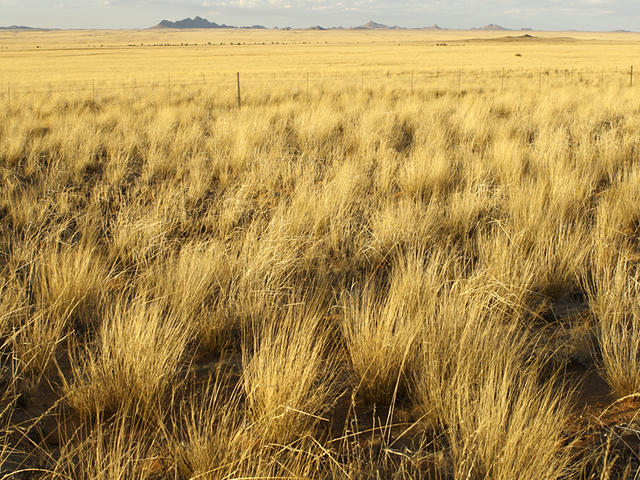Types Of Animals In Grasslands

Milkweed and thistles are two types of grasslands plants that fulfill a crucial role in the ecosystem.
Types of animals in grasslands. On temperate grasslands, you might find prairie dogs, badgers, coyotes, swift foxes, and a variety of birds. Grasslands are one of the most widespread of all the major vegetation types of the world. Bermuda grass, elephant grass, blue fescue, feather grass, rhodes grass, red oats grass and lemon grass.
Low rainfall, wildland fires, and grazing by animals are three factors that maintain grasslands. Grassland ecosystem provides natural habitat to a variety of animal species. Examples of temperate grasslands include eurasian steppes, north american prairies, and argentine pampas.
It has an elongated forehead, long neck, oddly shaped horns, and inaccurately long legs. Here is a very big list of common names of grassland animals around the world. The largest ruminating animal on the planet, giraffe;
Prairies in the usa are slowly disappearing, only 2% remain; Examples of animals that eat these types of plants in grasslands are goats, cattle and some types of plants in grasslands are oatgrass and wild rye. Diverse grasslands provide habitats for a range of native species.
The dry grasslands of africa are among the most ecologically diverse of all grasslands and support populations of animals such as giraffes, zebras, and rhinoceroses. The animals found in grasslands range from african elephants (loxodonta africana) to various species of prairie dogs (cynomys spp.). Tropical grasslands also have very large grazing and herd animals, like elephants, antelope and wildebeasts.
Grasslands, also called upland prairies, are dominated by grasses, forbs, and wildflowers. This is so, however, only because human manipulation of the land has significantly altered the natural vegetation, creating artificial grasslands of cereal crops, pastures, and other areas that require some form of repetitious, unnatural disturbance such as cultivation, heavy grazing, burning, or mowing. Several species of snakes thrive in the grasslands, including the harmless garter snake and poisonous rattlesnake.


















